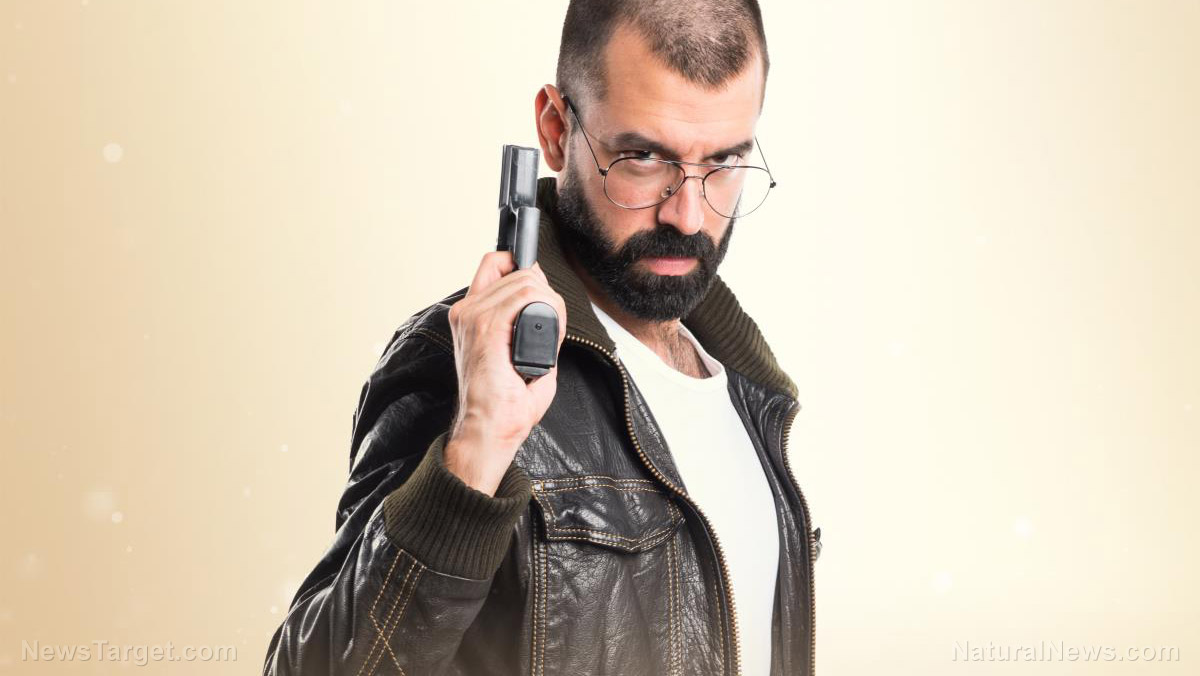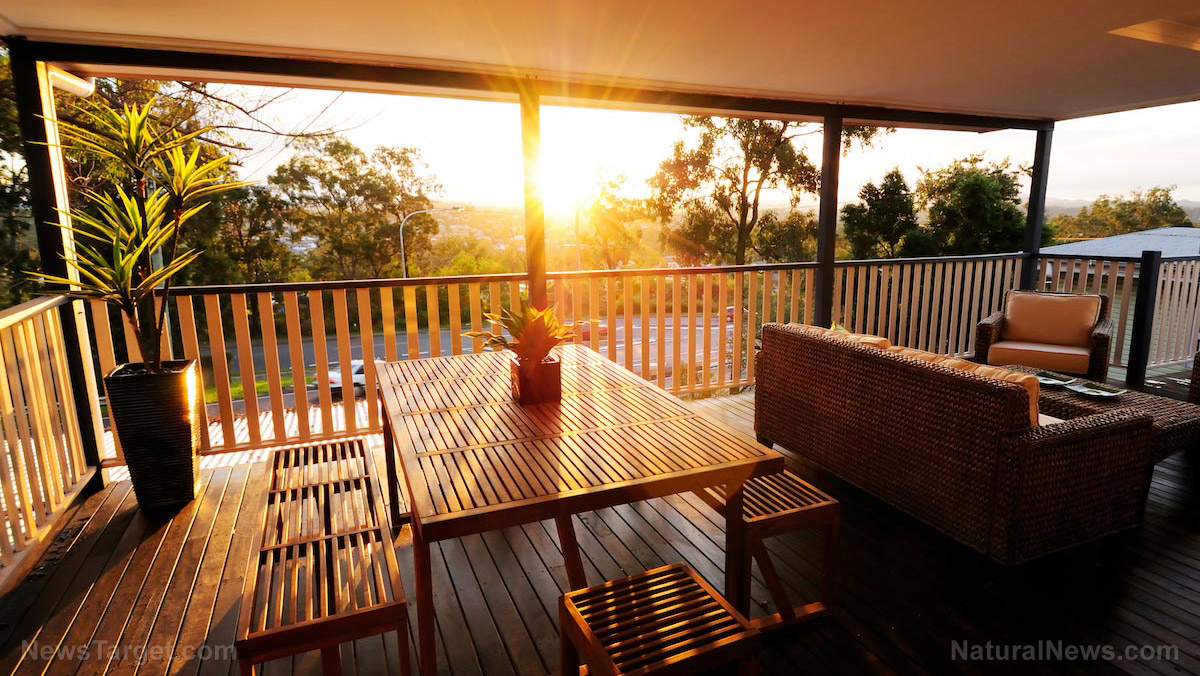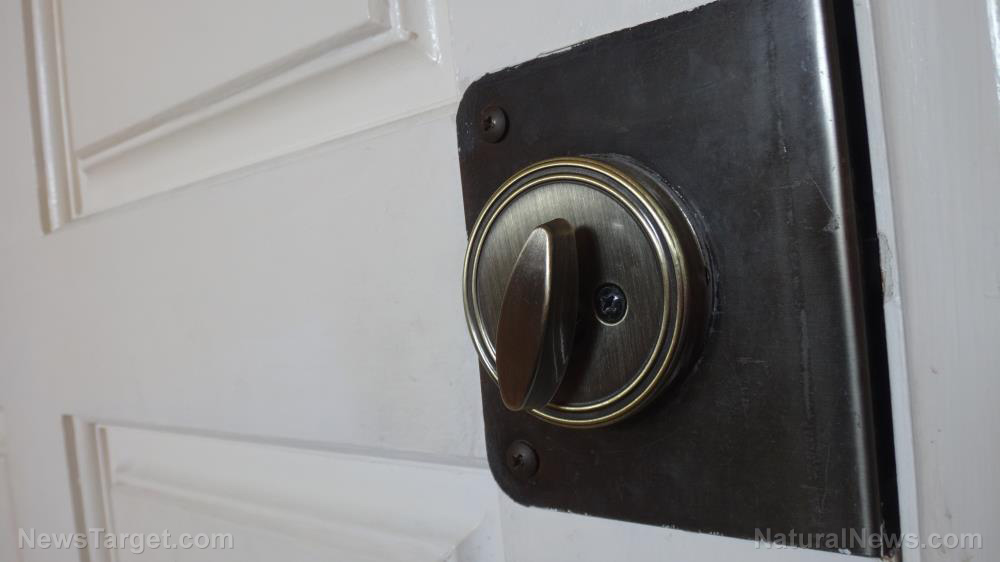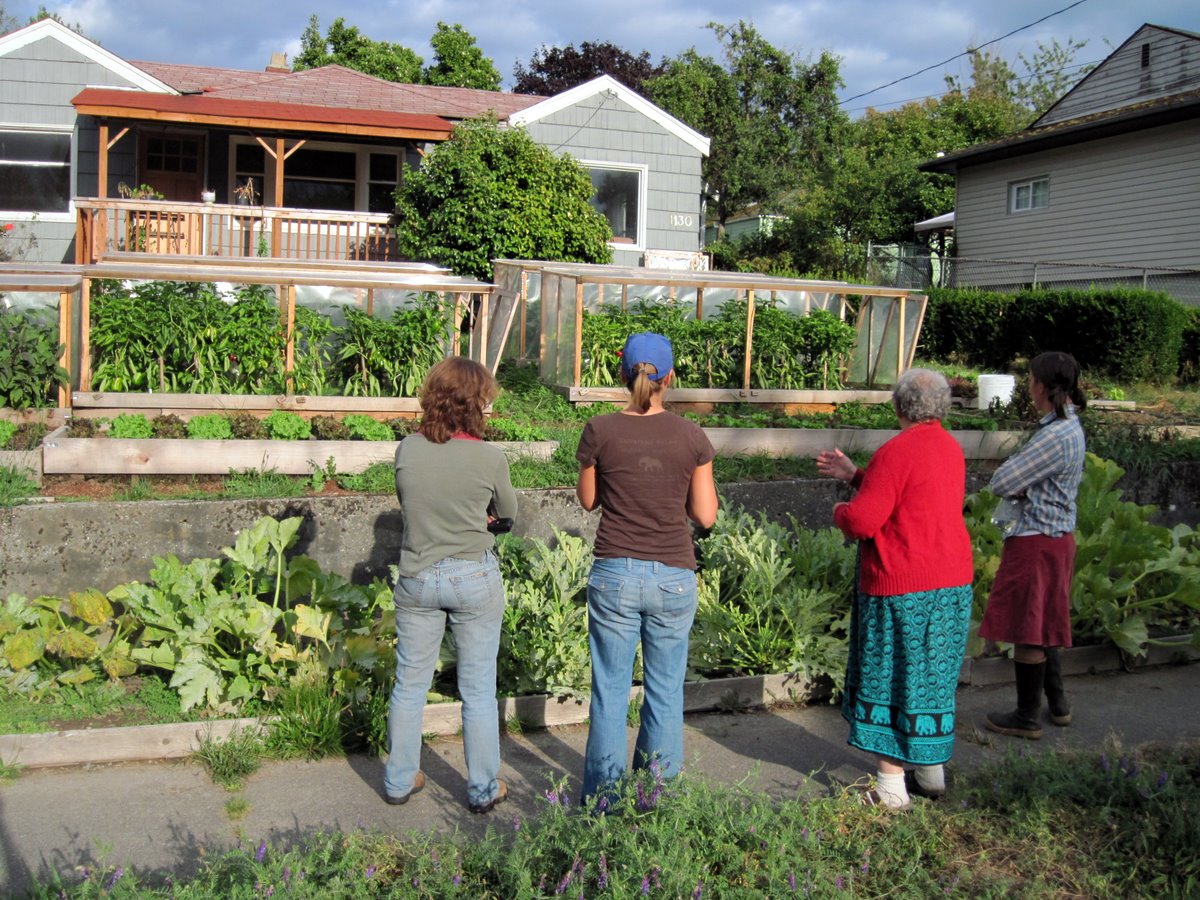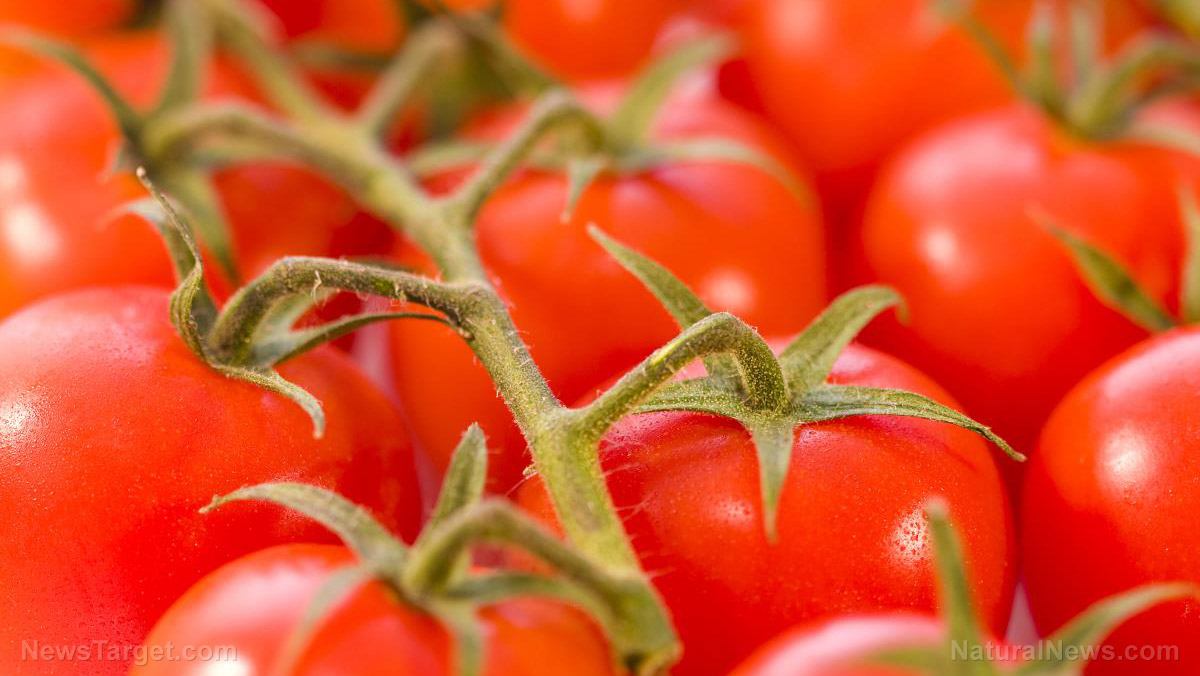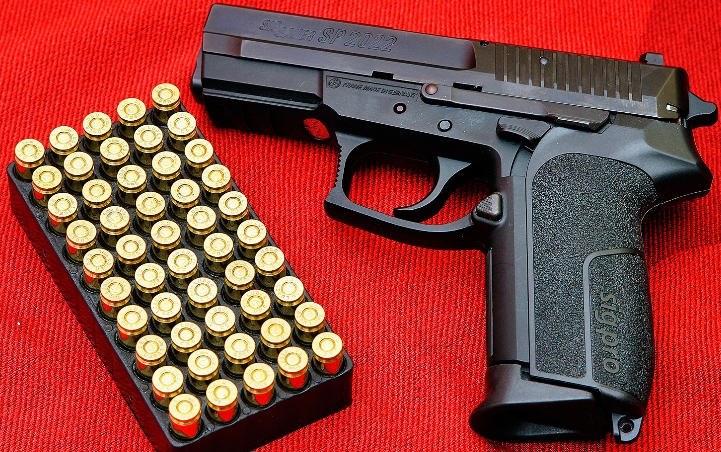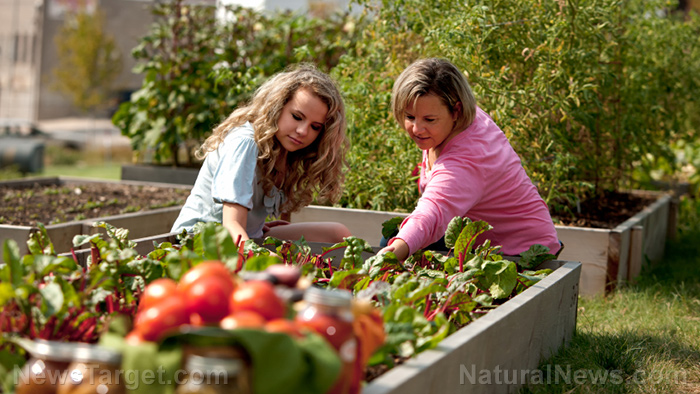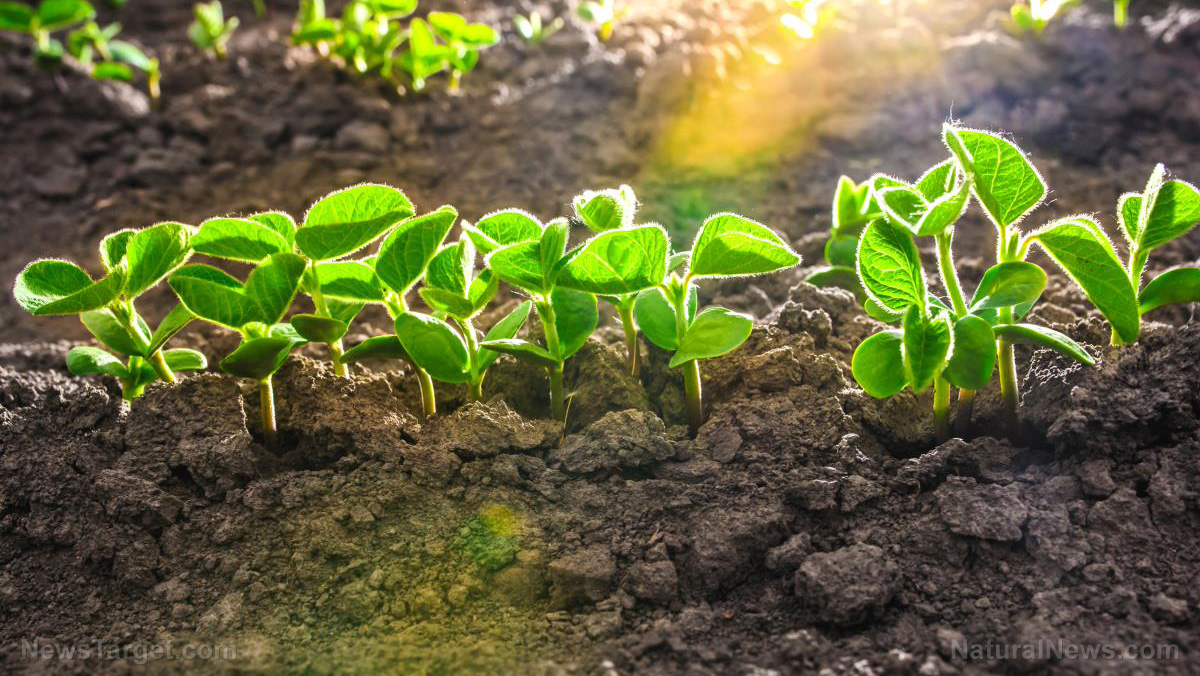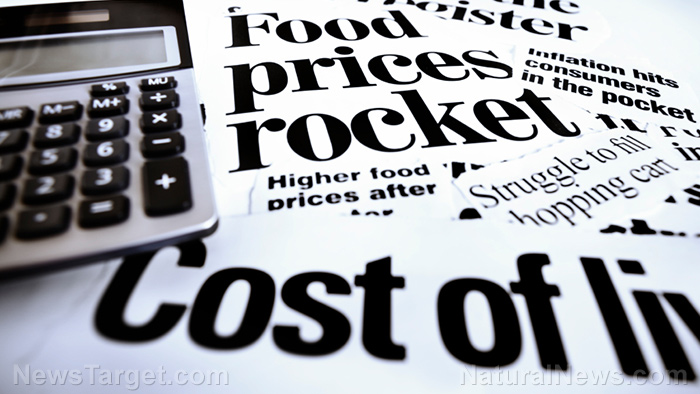“Wartime Homefront Essential Skills” on BrightU: How roadkill can become survival gold when SHTF
05/06/2025 / By Jacob Thomas
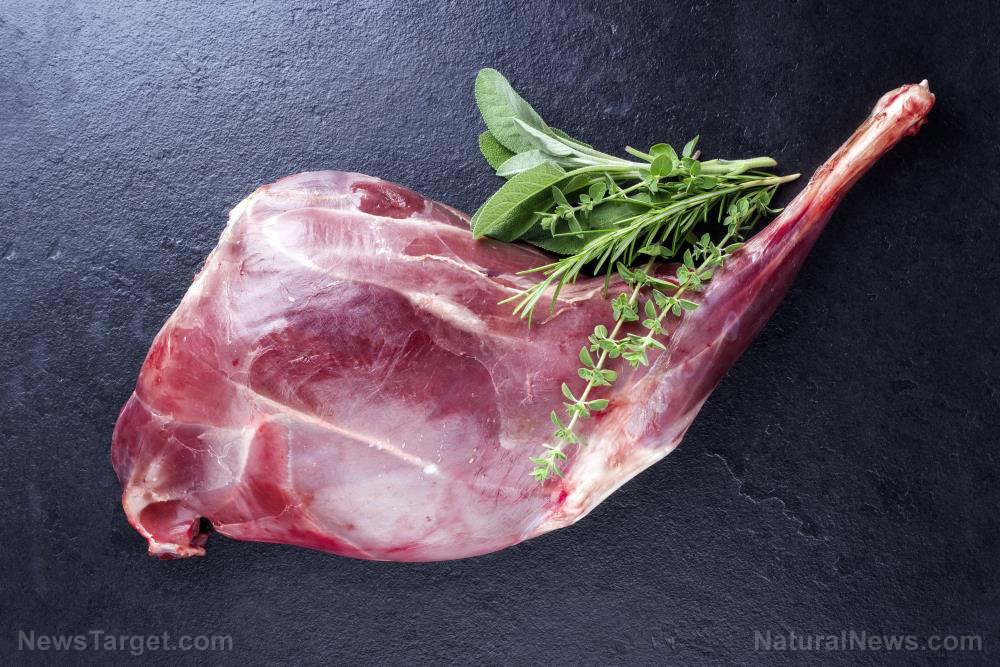
- In episode 9 of “Wartime Homefront Essential Skills,” Marjory Wildcraft and Red Louvish explained how roadkill can be processed into both safe-to-eat meat and high-quality buckskin, offering a sustainable solution amid rising food costs and supply chain issues.
- Louvish emphasized checking the animal’s eyes (clear vs. cloudy), rigor mortis (stiffness timeline), bloating (not always spoilage) and smell to determine if the meat is still edible.
- He also went over how the hide can be tanned using traditional Native American methods to create soft, long-lasting leather — ideal for clothing, shelter and bartering — outperforming modern leather in flexibility and longevity.
- Unlike commercial butchery, Louvish’s hand-peeling method preserves both meat and hide quality, minimizing waste (e.g., avoiding knife marks and leaving usable meat intact).
- Wildcraft and Louvish shared how roadkill venison can taste better than hunted game (less gamey outside mating season) and processing it can become a side business or survival skill, turning “waste” into valuable resources.
In episode 9 of “Wartime Homefront Essential Skills,” aired May 4 on Brighteon University, Marjory Wildcraft, renowned homesteading expert and founder of The Grow Network, and Red Louvish, a roadkill processing expert, talked about how to turn a roadside carcass into supple leather worth hundreds of dollars — while ensuring the meat is safe to eat. In an era of rising food costs and supply chain instability, one man’s roadkill is another man’s survival gold.
Beyond just meat, the hides of roadkill deer can be transformed into buckskin — a material so durable that Native Americans used it for clothing, shelter and trade. “Occasionally, you might be driving down the road and find a dead animal — which is actually better than producing your own, right?” Wildcraft joked. “This is found meat and with the right knowledge, it’s a valuable resource.”
Louvish, who has over a decade of experience processing roadkill, noted that freshness is key. “If the animal looks like it could just get up and walk away, it’s fresh,” he said. “The fur is clean and shiny, the eyes are clear and there’s no rigor mortis.”
But how do you know if the meat is still good after hours on the roadside? Louvish broke it down:
- Eyes: Cloudiness sets in after a few hours. If the eyes are gone (often eaten by scavengers first), the animal has likely been dead for 12+ hours.
- Rigor mortis: Stiffness begins within 30 minutes to an hour and releases after 24 to 48 hours.
- Bloating: Happens quickly (within hours) due to bacterial gas buildup but doesn’t necessarily mean spoilage.
- Smell: “If it smells bad, it’s bad,” Louvish warned.
While many focus on the meat, Louvish highlighted another treasure: the hide. Using traditional Native American tanning techniques, he transforms raw hides into ultra-valuable buckskin — a material prized for its softness, durability and barter potential.
“Most hunters butcher with knives, leaving marks on the hide and wasting meat,” Louvish said. “But if you peel the skin carefully — no knife needed — you get a perfect hide for tanning.” Wildcraft demonstrated a pair of moccasins made from Louvish’s buckskin, still intact after over a year of daily wear. “This stuff is stronger than modern leather,” she said. “Early Americans loved it because it’s lightweight, flexible and lasts forever.”
Louvish critiqued commercial butchery, pointing out that most hunters discard usable meat by hacking carelessly at the carcass. “I’ve seen deer hides come with three to five pounds of meat still attached,” he said. “That’s pure waste.” His method is hand-peeling the hide to preserve both meat and leather quality.
Wildcraft shared an intriguing example: “A friend of mine drives backcountry roads collecting roadkill, processes it and trades the meat. It’s a whole side business for him.” Louvish added that roadkill venison often tastes better than hunted game because:
- Hunting season meat can be gamey due to rutting hormones.
- Roadkill outside of mating season is milder and more tender.
In uncertain times, self-reliance is currency. Learning to process roadkill — not just for meat but for high-value buckskin — could make you the most resourceful person in your community. “There’s no such thing as waste,” Louvish concluded. “If you don’t use it, nature will. But why let it go when you can turn it into survival gold?”
Want to learn more?
When the world gets unpredictable, the smartest move is to prepare. That’s why “Wartime Homefront Essential Skills” by Marjory Wildcraft is back on BrightU. This is your second chance to catch the series that’s changing how families think about self-reliance.
If you want to learn at your own pace and get access to 12 additional bonuses, you can purchase the Wartime Homefront Essential Skills Bundle here. Upon purchase, you will get unlimited access to all 10 “Wartime Homefront Essential Skills” videos and 12 bonuses, including 10 eBook guides and two homesteading videos.
Sources include:
Submit a correction >>
Tagged Under:
barter economy, buckskin tanning, bug out, deer hide, DIY leather, emergency food, food supply, found meat, green living, homesteading, leather crafting, Marjory Wildcraft, meat safety, off grid, preparedness, prepping, roadkill processing, self-reliance, survival, survival skills, sustainable living, tips, traditional tanning, wartime homefront essential skills, wild game
This article may contain statements that reflect the opinion of the author
RECENT NEWS & ARTICLES
COPYRIGHT © 2017 PREPAREDNESS NEWS

